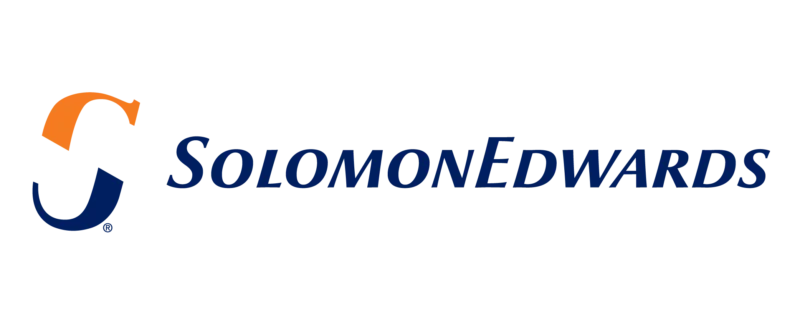In the complex world of mergers and acquisitions (M&A), lease accounting is often treated as a secondary concern—until it becomes a source of compliance headaches or delays in financial reporting. Yet, for companies acquiring businesses with substantial lease portfolios, understanding how leases are measured and reported post-acquisition is critical.
Under current U.S. GAAP, most assets and liabilities are measured at fair value as of the acquisition date, with certain exceptions. One of these exceptions is leases, the remeasurement of which falls under the guidance in ASC 842.
Lease Accounting Under ASC 842: A Quick Refresher
Leases acquired in a business combination are not measured at fair value. Instead, they are recognized and measured using the initial recognition provisions of ASC 842, with the acquirer’s accounting policies applied. The lease liability is the present value of the remaining lease payments as of the acquisition date with a corresponding right-of-use (ROU) asset that may be adjusted for any favorable or unfavorable terms.
This sounds simple—but only is in two common scenarios:
-
-
-
- The acquired entity had not yet adopted ASC 842, or
-
-
-
-
-
- The acquiree’s lease accounting policies closely align with those of the acquirer.
-
-
When either of these holds true, the acquirer can use the remaining lease payment schedule to determine the lease liability and related ROU asset with minimal adjustments.
When Policies Don’t Align
Where Complexity Creeps In
What happens when the acquirer and the acquiree have significant differences in lease accounting policies or the guidance was incorrectly applied? This creates friction during the purchase accounting process and can substantially impact reported lease assets and liabilities. The acquirer must apply its own policies, which may result in:
- The potential to reassess lease classification and components,
- Significant remeasurement of lease liabilities and ROU assets,
- Time-consuming reviews of lease agreements—especially if there is a difference in the treatment of nonlease components.
Real-World Examples of Complexities
Consider these scenarios we’ve encountered:

Review of lease payment streams
An acquiree who excluded nonlease components from its lease calculations now must conform to the acquirer’s policy that includes them—necessitating a detailed review of lease payment streams to increase them for the nonlease components.
![]()
Purchase accounting adjustments
In another case, the acquiree had prepaid the entirety of the rent due under the agreement. Those prepaid balances do not carry forward to the acquirer’s opening balance sheet, creating significant adjustments that must be accounted for as part of purchase accounting.
Don’t Wait Until Post-Close: Address Lease Issues During Due Diligence
Too often, these issues come to light after an acquisition, when reporting deadlines loom and opening balance sheets must be finalized. That’s why lease accounting should be addressed proactively during the due diligence phase—not left until post-close.
To ensure a smooth transition and compliance with ASC 842, we recommend acquirers take the following steps before the deal closes:
Inventory the lease population
Confirm all lease agreements by asset class that will need to be remeasured.
![]()
Compare accounting policies
Identify deviations between the acquiree’s and acquirer’s lease policies. If the acquirer has no leases, it may be expeditious to “implement” ASC 842 by using the acquiree policy.
![]()
Scrutinize the balance sheet
Identify any lease-related assets or liabilities (like prepaid rent) that won’t be carried over as part of the business combination accounting.
![]()
Prioritize high-impact leases
Focus on agreements that may require the most significant adjustments and plan to review their impact on the balance and income statement.
The Bottom Line
Lease accounting in business combinations isn’t always simple—but it’s manageable with the right preparation and expertise. SolomonEdwards specializes in helping companies navigate the intricacies of ASC 842, including pre-deal lease assessments and post-deal accounting.
Whether you’re addressing an upcoming acquisition or grappling with post-close lease adjustments, we can help ensure your accounting practices are aligned, accurate and audit ready. Get in touch if you’d like to discuss the implications you might face when it comes to lease accounting for business combinations.
About the Author
Mike Vanscoy is a Principal in SolomonEdwards’ Private Equity Services practice with over 25 years of national and international experience in various aspects of technical accounting and financial reporting, financial and accounting management, audit compliance, financial management standards and internal policies/controls and procedures.
To learn more, connect with Mike on LinkedIn, at mvanscoy@solomonedwards.com or call 610.902.0440.





